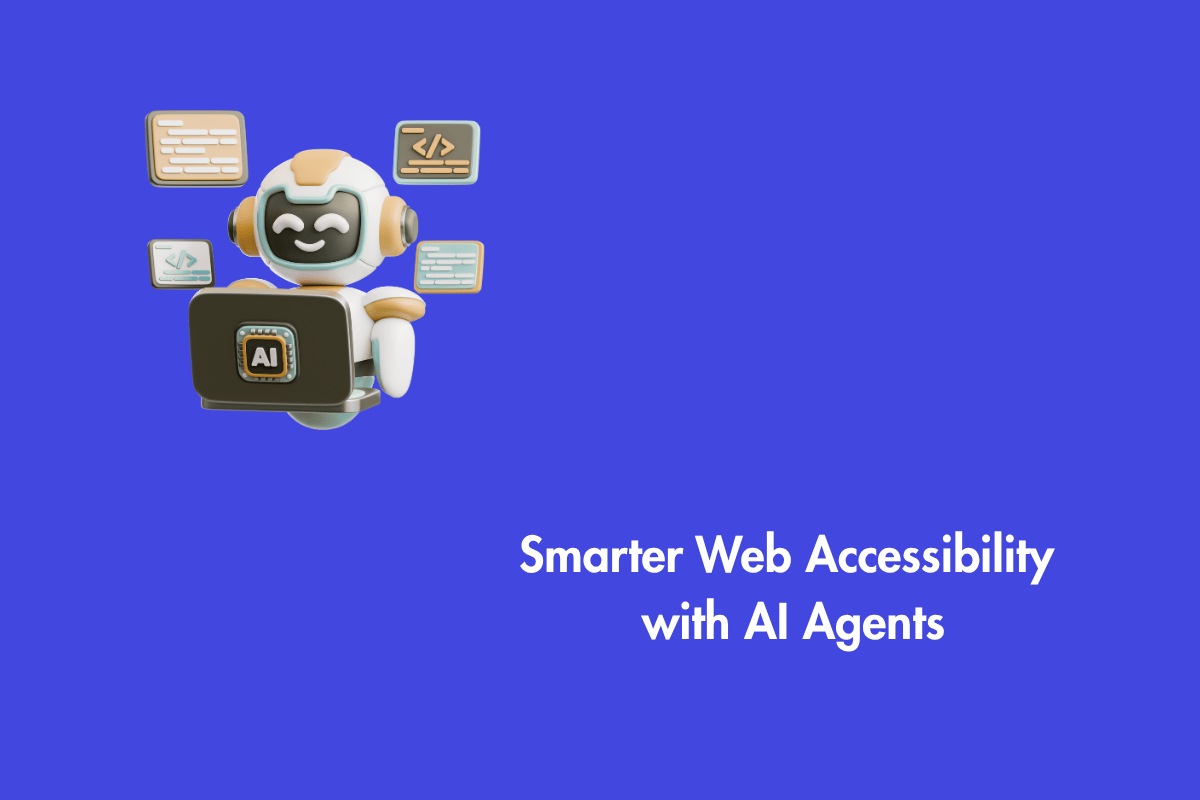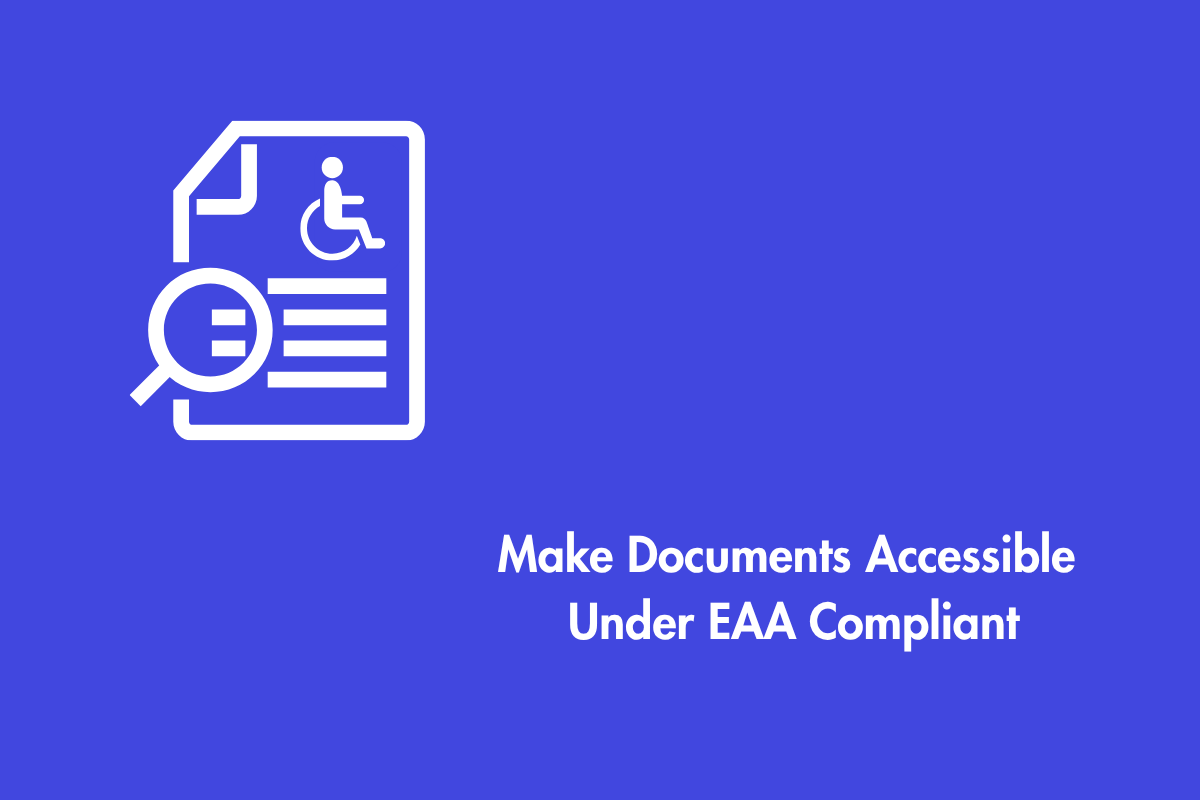How to increase your market share by 20%? That would be a huge accomplishment. You can do so by serving a market many organizations neglect. This sector is the disabled population that uses technology to consume your products or services. If your website isn’t accessible to those who use assistive technology, you won’t attract any customers. A website’s SEO will increase if it is accessible to the public.
Table of Contents
What Is Accessibility?
Accessibility is broader than what people think. It can be anything from providing accessible seating for people with disabilities to making sure that your website loads quickly on any device. In a lot of ways having an accessible website and digital assets can enhance your brand’s image. When you cater to everyone, people will see you as more humane and sympathetic.
People will be able to provide their opinions on your products or services, and they may not even give you a second chance when they become displeased. With the rising influence of social media, customers won’t hesitate to spread the word about how great your website is or how bad it is. You have a much better chance of competing with other brands if you offer an accessible digital assets experience. Hence, a business case for accessibility implementation can be made by weighing the risks involved and benefits gained in the process.
The Purchasing Power Of The Disabled Community

People with disabilities have the same spending power as people without, if not more. Their buying power may be higher than non-disabled individuals. Most of us don’t consider that disabled users also have jobs and can work at a high level using assistive technology. (This is all the more reason why we should make accommodations for them to work in an inclusive environment). Their income combined with government financial assistance (if applicable) puts them in a position of higher discretionary income.
Here are some statistics from a 2018 American Institutes for Research report about A Hidden Market: The Purchasing Power of Working-Age Adults with Disabilities.
1 in 5 adults in the U.S, or approximately 64 million people, live with a disability,
35% or 22 million of the disabled populace are of working age (ages 16-64)
Disposable Income: The study found that their disposable income (after taxes) was approximately $490 billion for the working-age groups. For some context, similar minority demographics like the African American population had a disposable income of $501 billion, and the Hispanic community $582 billion.
Discretionary income: Discretionary income is defined as money that is left over after paying taxes and meeting primary essential spending to be spent on nonessential or luxury items. The discretionary income for the disabled group in 2018 was $21 billion, which far exceeded that of both the African American ($3 B) and Hispanic ($16 B) combined.
Purchasing power is not just about the money you make. It’s also about being able to buy what you want and need, regardless of disability. People with disabilities spend money on all the same goods and services that regular people do, such as transportation, utilities, and food. This target market could have a lot of potential for multiple millions in spending power. Avoiding interacting with these prospects might be uneventful. You could be missing out on the market with a high potential for revenue that your competitors are not serving.
It’s important to incorporate accessibility best practices in your business to reach as many customers as possible. Not to mention it makes for more of an Inclusive approach to doing business today. If you’re missing out on 20% of your potential market share, it might make sense to invest in more accessibility.
What Was That About Increased Search Engine Optimization?
Remember we talked about disabled users using assistive technology to access websites? According to ATiA (Assistive Technology Industry Association), Assistive technology (AT) are “products, equipment, and systems that enhance learning, working, and daily living for persons with disabilities.”
Screen readers are a typical example of AT. They interpret what’s on the screen and turn it into speech or braille. Blind, visually impaired users, or those with learning disabilities, rely on screen readers to navigate the Web. This makes it easier for them to use computers and other digital devices.
SEO and digital accessibility complement each other. Screen readers help with accessibility, while accessibility helps with SEO. The more of each you provide, the better your whole page score and search engine ranking will be in the long run. It is a win-win situation.
Search engine algorithms scan elements on a web page to determine the score. Screen readers also identify almost the same if not more elements on a page to be read out loud to the disabled user.
How Else Do These Two Work Together?

Both boost your reputation to help you gain more customers when they become online. They work together to increase your search engine ranking by providing useful and relevant information on your website for the public. Today, websites with a higher SEO are more likely to be found in search results. When you team up with accessibility, you increase your chance of exposure and influence. It might cost you a little more to implement accessibility to start, but it will be offset by the increased number of customers you find. In addition to increased traffic to your site, your business will also minimize your legal exposure to accessibility lawsuits.
Additional Benefits Of Being Accessible
Inclusion
Approximately 20% of the world population have some form of disability. Therefore, you are opening the doors for more people to use your products or services, by making your website accessible. As the number of people that use your website increases, the higher the awareness about your brand in the digital world.
Higher User Engagement
When your website has optimum contrast ratio, readability and is easily navigable, making the users stay longer on the site, aka user engagement. The longer they stay, the better chance of you making a sale.
Tax Benefits
Being accessible also provides a tax benefit to your organization. To assist businesses with complying with the ADA, Section 190 of the IRS Code allows a tax deduction for all businesses. Additionally, you can also get a tax credit if you are a small business organization.
The maximum amount allowed for deductions is $15,000 per year. Click here to know more about ADA tax credits and deductions.
It Matters
When you work towards making your website more accessible, it shows your users that you care about users visiting your site. It matters to people that you are listening to them and in turn helps you to stay effective and relevant for a longer time.
Makers of the movie, Sonic The Hedgehog, listened to their fans and made changes to the movie. The changes were loved by fans and the movie ended up earning a whopping $319 million while crushing many milestones.
Don’t wait till your users complain, start making changes today.
Not sure where to start?
If you want to implement an accessibility strategy, it is best to start with a customized solution for your needs.
AEL Data can help you with your digital accessibility needs, including audits, consultation, training, and creating an accessibility policy for your organization.
Let’s talk. info@aeldata.com



